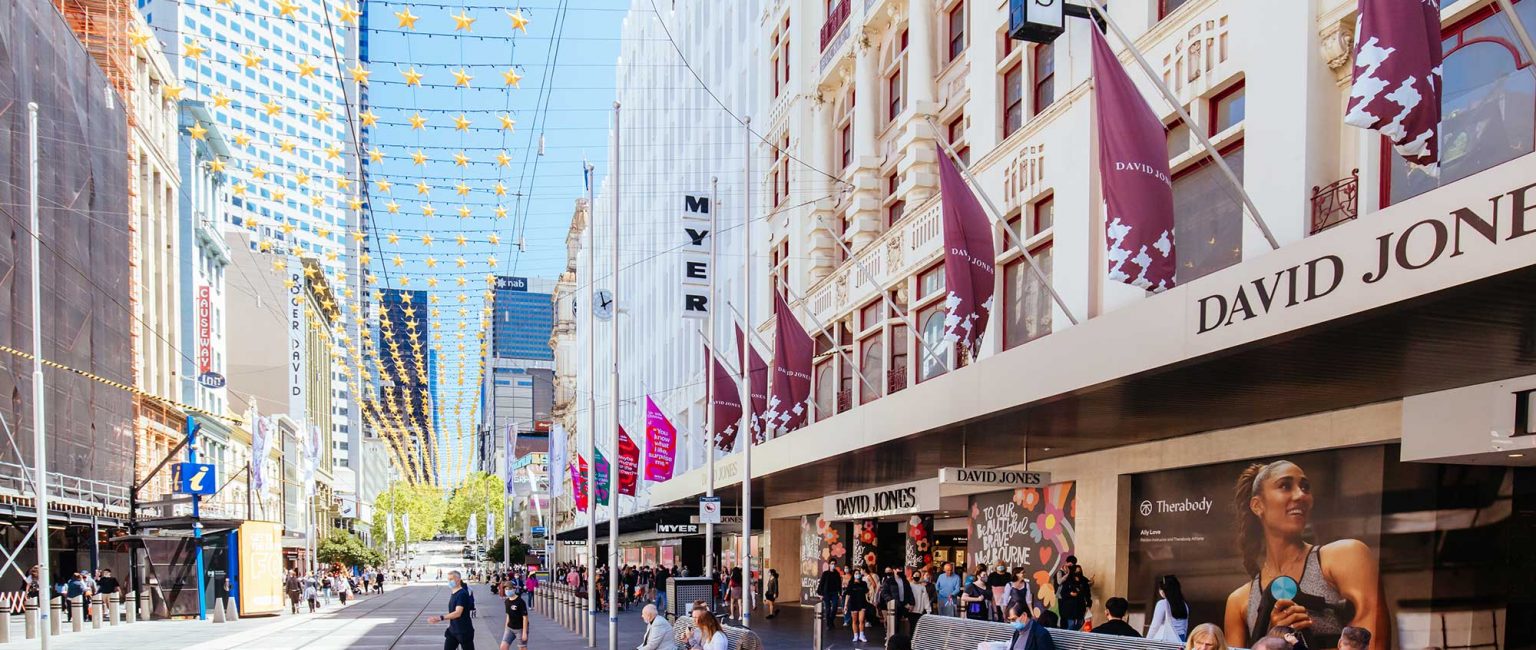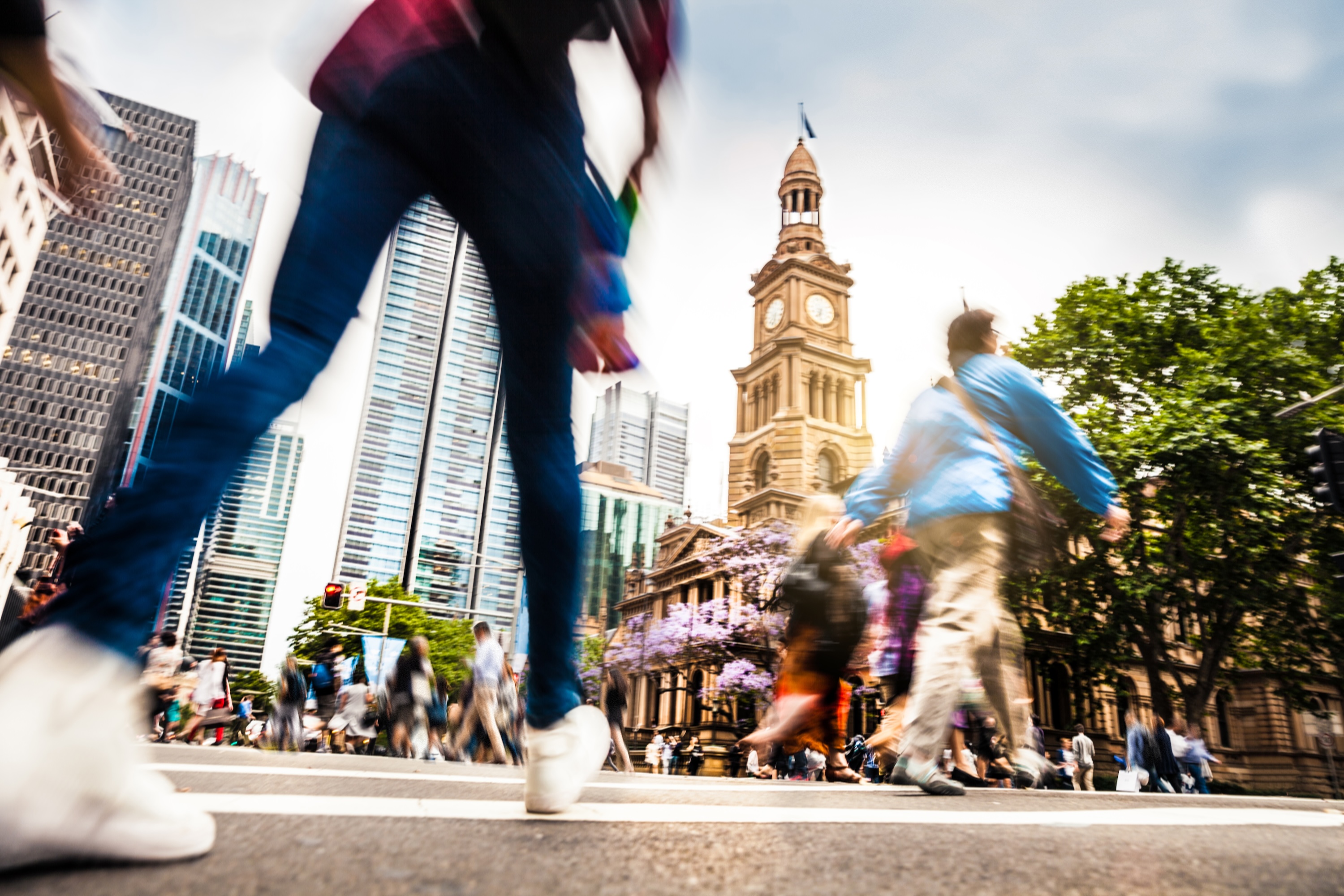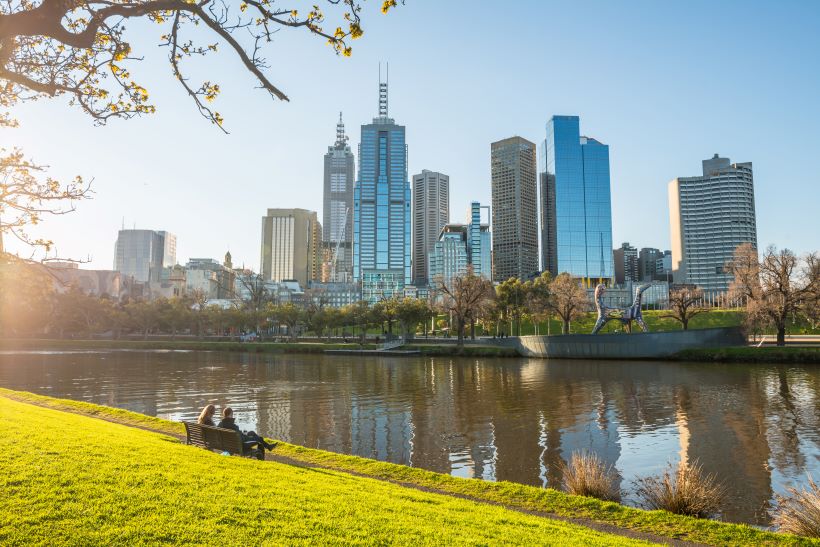Population growth sustaining retailers as per capita spending plummets

Households have considerably tightened their belts over the past two years, as cost of living pressures bite. While the pandemic enabled many households to dramatically increase their savings, high inflation and subsequently interest rates are now eroding savings.
In response, households are cutting back on discretionary spending and, since mid-2022, retail turnover per capita has been consistently falling. But, at the same time people are individually spending less, record population growth means there are more people spending, helping to support total retail turnover.
Over the decade pre-Covid, the net savings of households relative to their disposable incomes averaged 6.8%. Over 2020 to 2021, this surged to 16.5%, peaking at 24.1% during the first three months of the pandemic, according to the Australian Bureau of Statistics.

Households have been running down their savings post-pandemic, but a growing population has been supporting retail spending. Picture: Getty
This two-year period of above average savings provided many households with a buffer that temporarily shielded them from rising costs. These buffers are now largely gone.
The household savings rate has been trending downwards for two years now, averaging just 2.9% over 2023. The last time the household savings rate was this low was in 2008 during the Global Financial Crisis.
Between March 2020 and December 2023, consumer prices increased by 16.7%, while wages rose 10.3% over the same period. This shortfall reflects a cut in the average Australian’s real wage, placing a squeeze on budgets and leading households to reduce their retail spending.
And while population growth is providing some support to retailers, there’s no doubt these spending cutbacks are creating challenging conditions for retailers.
Across all industries, business insolvencies have been trending upwards for two years now. Over the financial year to date, total insolvencies are 35% higher compared to the same period last year. Across the retail trade sector, insolvencies are up 49%.
The exit rate of businesses operating in retail trade has also increased. Over the 2022-23 financial year, there were 2,211 more retailers that exited than entered operation, bringing the exit rate to 16.5%. This was the highest exit rate seen since 2005.
Despite this, demand for retail real estate is proving resilient, with enquiries to buy and lease space up from 12 months ago. In some markets, conditions have even improved, though performance varies by property type and location.
CBD retailers were among the hardest hit during the pandemic. The shuttering of offices, loss of international students and migrants, as well as the absence of tourism, caused foot traffic to collapse. This dramatically reduced the pool of potential customers coming to the cities, leading retail vacancies to surge.
For CBD retailers, conditions are now improving. Not only are the tourists back, but the return of migration means more people are living in CBDs than ever before, helping to counteract the overall reduction in foot traffic of office workers.

More people are returning to the city post-pandemic. Picture: Getty
Across Australia, CBD retail vacancies fell last year, with CBRE reporting a drop from 15% to 12.7% between the first and second halves of 2023. The Melbourne CBD saw the largest drop in retail vacancy, from 10.7% to 7.4%, followed by the Sydney CBD, with a decline from 10.9% to 8.1%.
Regional and sub-regional retail assets have also seen conditions improve off the back of population growth supporting non-discretionary spending. As has been the case since the cost of living crisis emerged, retailers selling essential items are likely to remain more resilient than those operating in the discretionary space, particularly those located in markets experiencing strong population growth.







